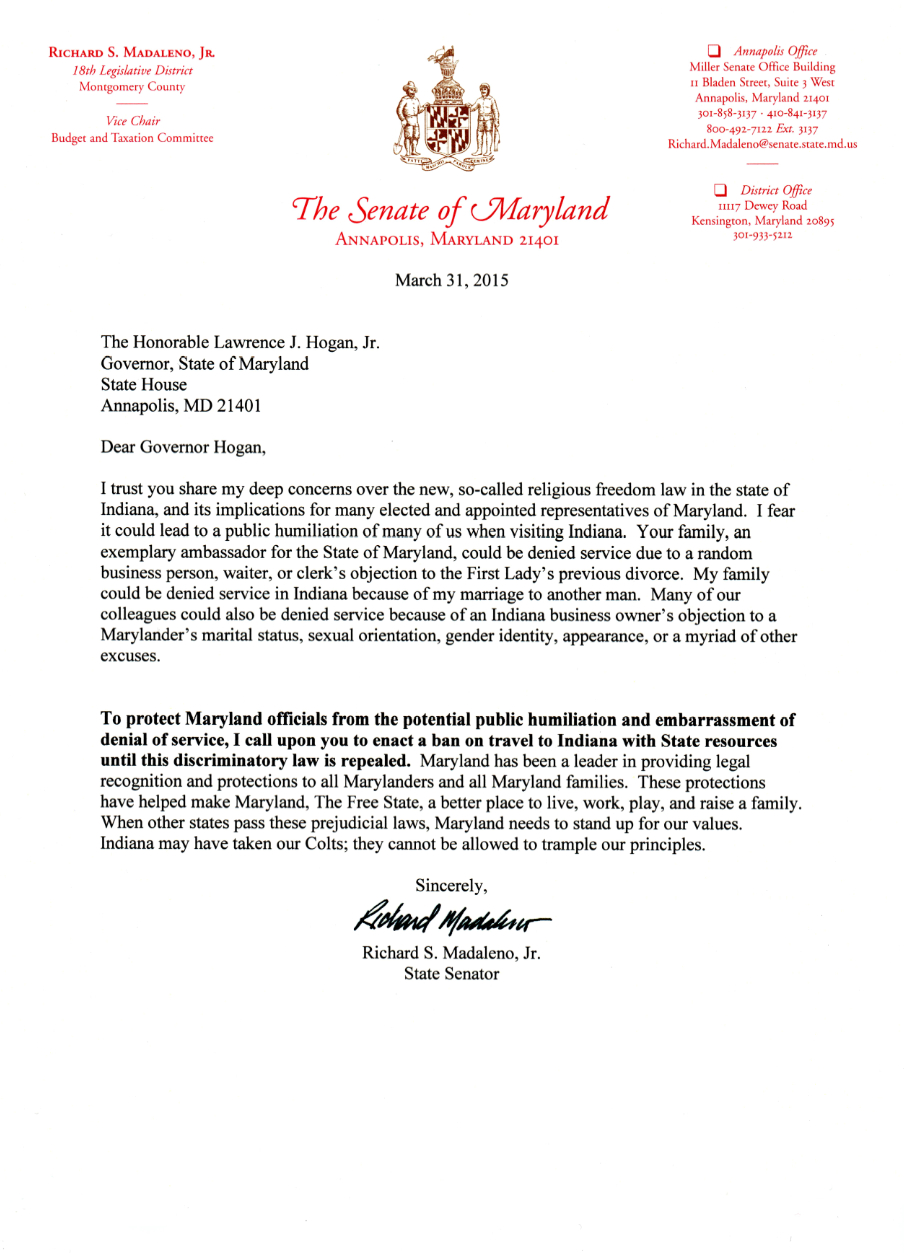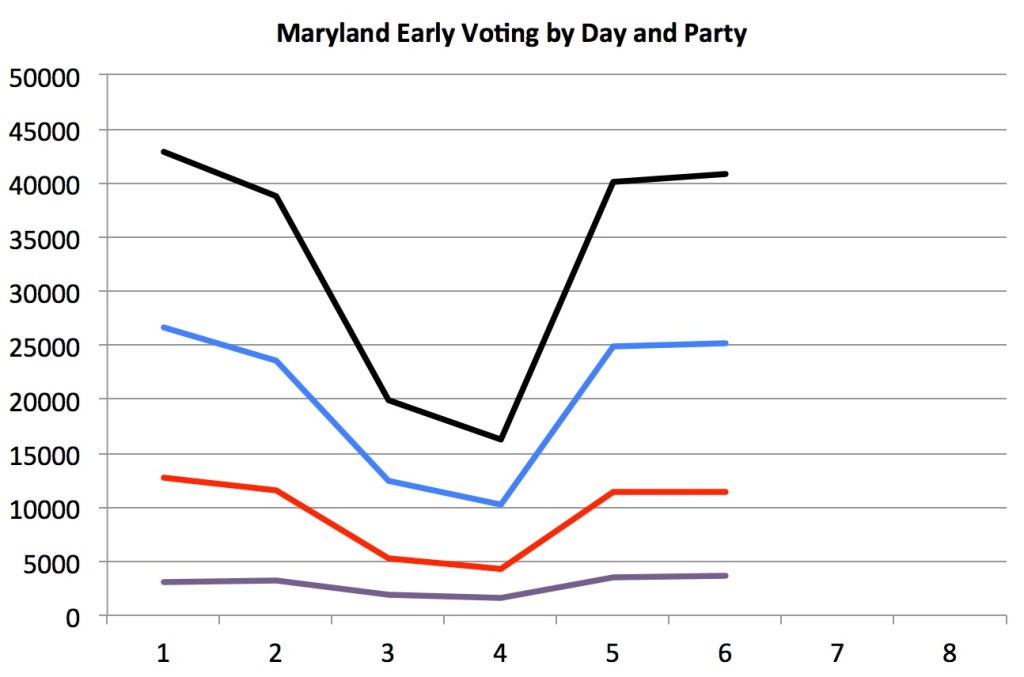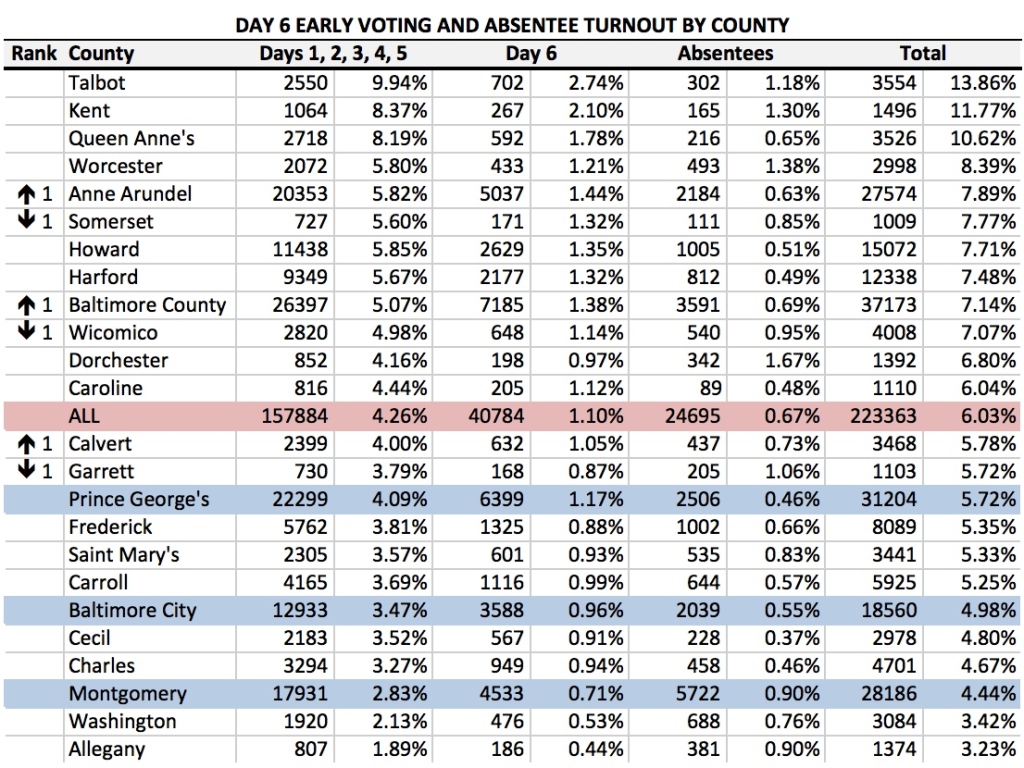By Adam Pagnucco.
As part of the Fiscal Year 2017 budget, the Montgomery County Council has voted to increase property taxes by 8.7 percent. This is a landmark event that is drawing attention from a large number of people who hold differing views. While it is a dramatic development, it is also the product of several factors that have been building for a number of years. This series will explore those factors, explain how it happened, and look at the future.
First, a bit of background. Property taxes are the number one source of revenue for Montgomery County Government, as they are for most, if not all, county governments in Maryland and Virginia. In recent years, property taxes have accounted for 35-40% of the county’s total revenues, and the average household paid $4,154 in FY16.
In 1978, the nationwide property tax revolt that produced Proposition 13 in California came to Maryland. That year, Prince George’s County voters passed the Tax Reform Initiative by Marylanders (TRIM) charter amendment, which placed a hard cap on property tax collections, and replaced it with a rate cap in 1984. A 1996 referendum to repeal the cap failed. Montgomery County voters also saw a TRIM charter amendment in 1978, but they voted it down by a 52-48% margin. In 1990, Montgomery civic activist Bob Denny authored a charter amendment limiting growth in property tax collections to the rate of inflation, and county voters passed it. But the charter amendment contained an override provision allowing the County Council to exceed the limit on a 7-2 vote.
By the 2000s, the charter limit’s constraint on the council began to evaporate. The council voted to exceed the limit in FY03, FY04, FY05 and FY09, thereby prompting Robin Ficker to place one of his many anti-tax charter amendments on the ballot in 2008. After years of failure, the same general electorate that voted for Barack Obama for President by 45 points approved Ficker’s amendment by 5,060 votes. Ficker’s amendment did not convert the property tax limit to a hard cap, but it did require all nine Council Members to vote in favor of exceeding it. The council has not done that until this year’s budget.
It’s worth understanding how Montgomery County’s charter limit works. Section 305 of the charter states the following.
Unless approved by an affirmative vote of nine, not seven, Councilmembers, the Council shall not levy an ad valorem tax on real property to finance the budgets that will produce total revenue that exceeds the total revenue produced by the tax on real property in the preceding fiscal year plus a percentage of the previous year’s real property tax revenues that equals any increase in the Consumer Price Index as computed under this section. This limit does not apply to revenue from: (1) newly constructed property, (2) newly rezoned property, (3) property that, because of a change in state law, is assessed differently than it was assessed in the previous tax year, (4) property that has undergone a change in use, and (5) any development district tax used to fund capital improvement projects.
This is not a cap on rates. It is a cap on collections, which are not allowed to grow faster than the rate of inflation with certain exceptions unless all nine Council Members vote to override. Collections are a product of both rates and assessments. If assessments grow rapidly, it’s possible for the county to cut the tax rate and still grow collections to the limit (or beyond). Conversely, if assessments fall, the rate could rise and collections might grow slowly (or even shrink). This distinction is key to understanding how the county makes decisions on this item.
In the new FY17 budget, County Executive Ike Leggett proposed increasing the property tax rate by 3.94 cents per $100 of assessed real property, an increase of 8.7 percent that would have raised $140 million more than the charter limit. The Executive cited two main reasons for doing so: the challenge of dealing with the adverse consequences of the U.S. Supreme Court’s Wynne decision, which required large refunds to be paid to some county taxpayers, and the fiscal needs of the public schools. We will look at both of those items as this series continues.




